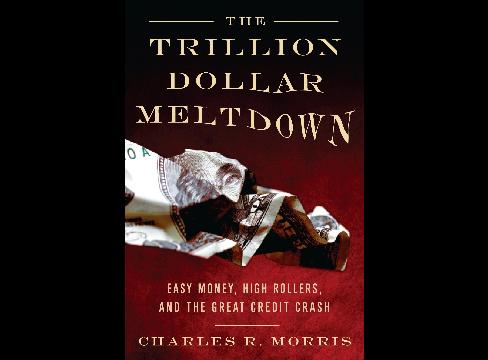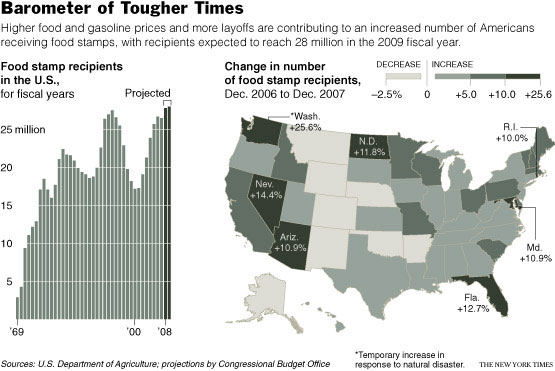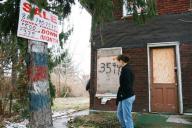(Excerpt: “For these reasons, there is a powerful, powerful case for moving a substantial portion of your assets into tangible assets. Good examples of tangible assets include gold, silver, commodities, real estate, farmland and energy.”)

by Daniel R. Amerman, CFA | March 20, 2008
Overview
 As the author of three books on mortgage finance and related derivative securities, and speaking as someone who first turned mortgages into rated securities in 1983, I’m going to let you in on an unfortunate little secret – the real subprime mortgage securitization crisis may not have even started yet. But, there is a good chance the real crisis will arrive soon.
As the author of three books on mortgage finance and related derivative securities, and speaking as someone who first turned mortgages into rated securities in 1983, I’m going to let you in on an unfortunate little secret – the real subprime mortgage securitization crisis may not have even started yet. But, there is a good chance the real crisis will arrive soon.
This assertion that the crisis could just be getting started may seem absurd and extraordinarily out of touch. What about the approximately 45,000 homeowners losing their homes to foreclosure in the United States every month? What about the 8.9% plunge in nominal housing prices in 2007, the largest decline in over 20 years? What about Bear Stearns losing 94% of the value of its stock in 2 days, with even the remaining 6% in value being based on an unprecedented loan from the Fed before JP Morgan would agree to the acquisition? How much worse could it get?



 A trader reacts in front of the DAX board at the Frankfurt stock exchange.
A trader reacts in front of the DAX board at the Frankfurt stock exchange.






